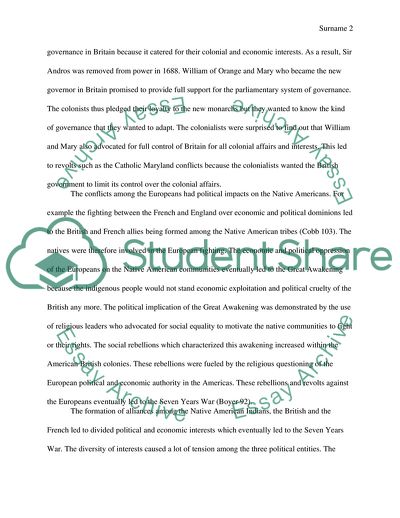Cite this document
(The Making of a Rebellion Assignment Example | Topics and Well Written Essays - 2750 words, n.d.)
The Making of a Rebellion Assignment Example | Topics and Well Written Essays - 2750 words. https://studentshare.org/politics/1766767-assignment-2
The Making of a Rebellion Assignment Example | Topics and Well Written Essays - 2750 words. https://studentshare.org/politics/1766767-assignment-2
(The Making of a Rebellion Assignment Example | Topics and Well Written Essays - 2750 Words)
The Making of a Rebellion Assignment Example | Topics and Well Written Essays - 2750 Words. https://studentshare.org/politics/1766767-assignment-2.
The Making of a Rebellion Assignment Example | Topics and Well Written Essays - 2750 Words. https://studentshare.org/politics/1766767-assignment-2.
“The Making of a Rebellion Assignment Example | Topics and Well Written Essays - 2750 Words”. https://studentshare.org/politics/1766767-assignment-2.


